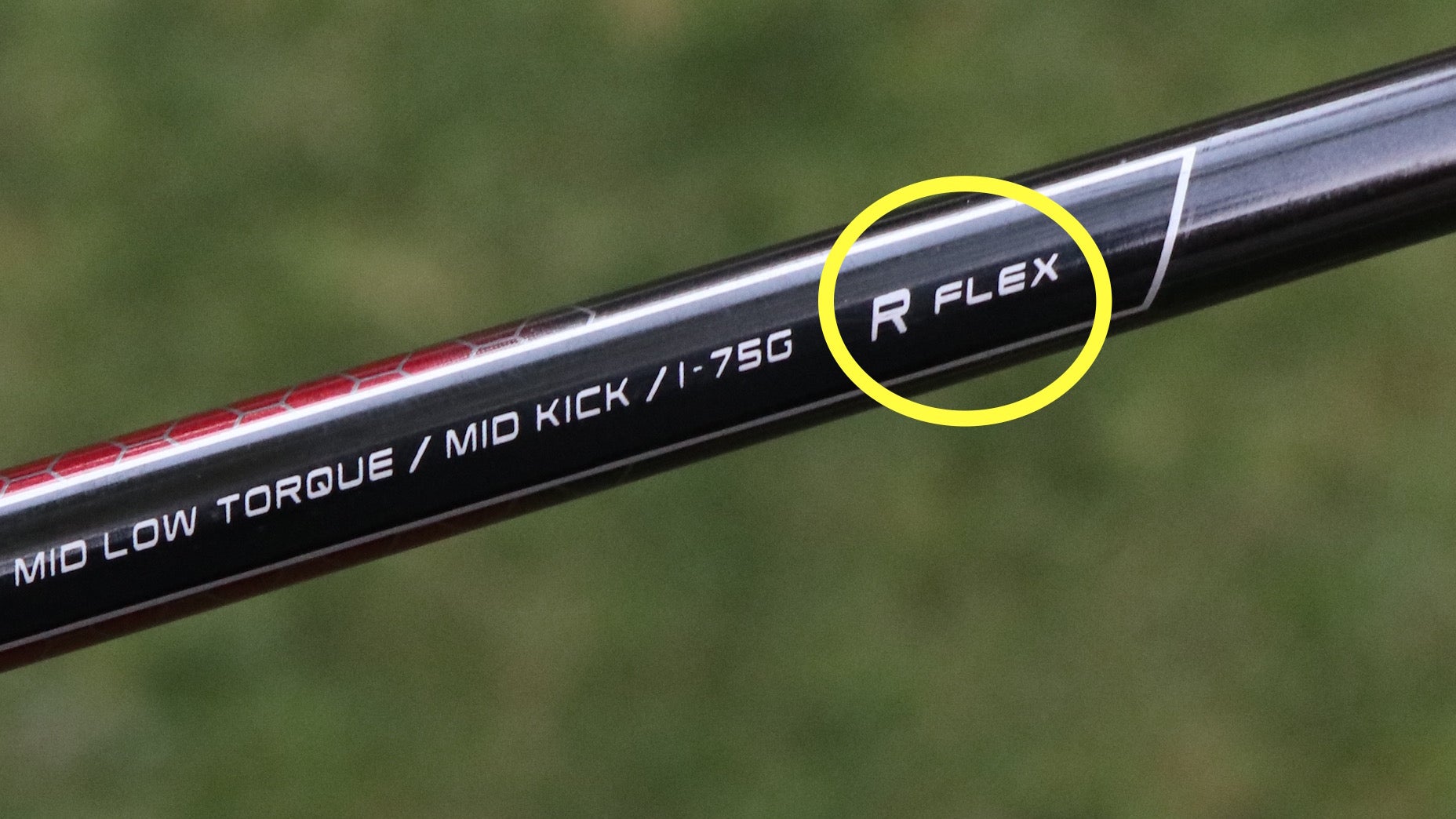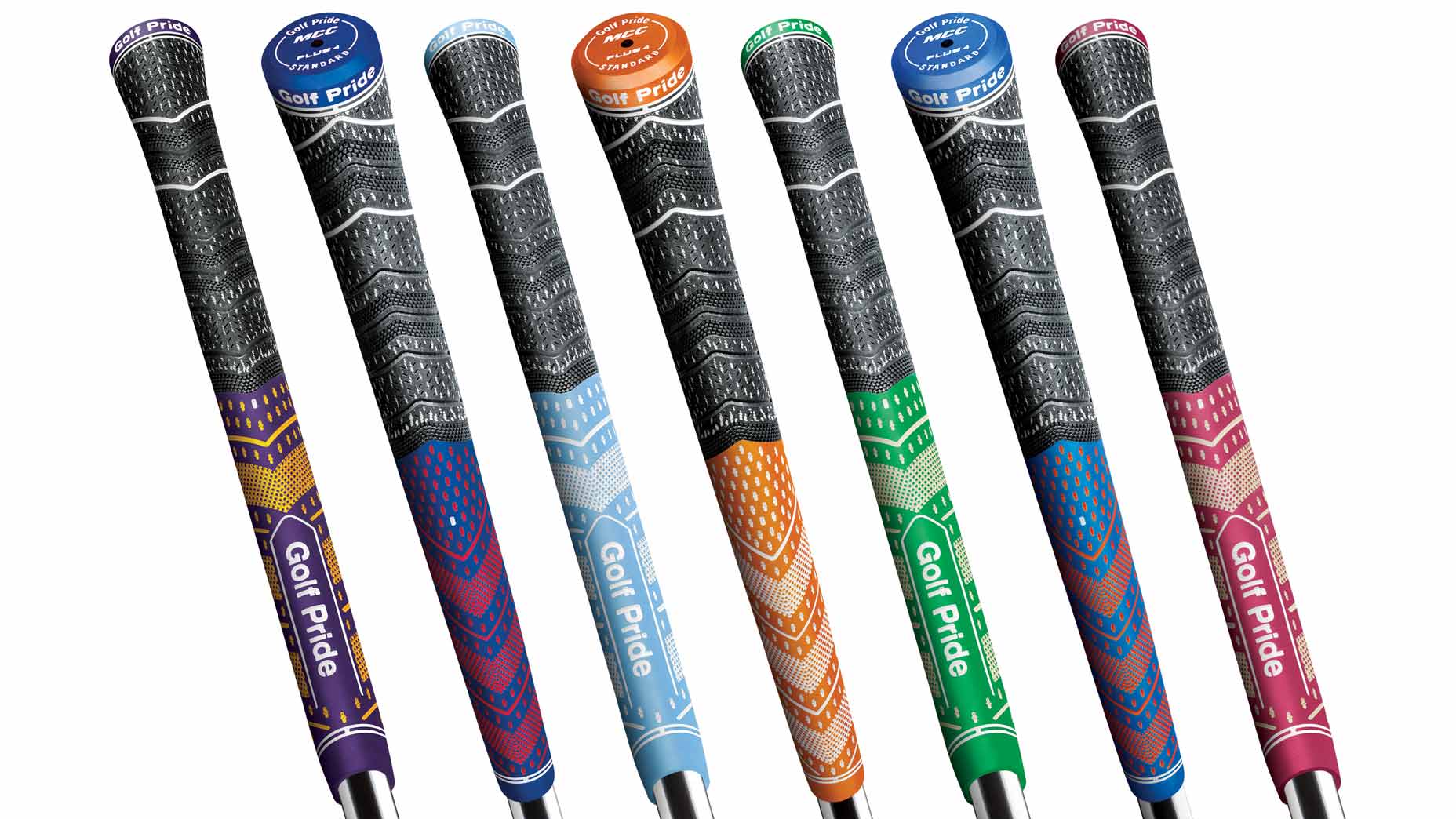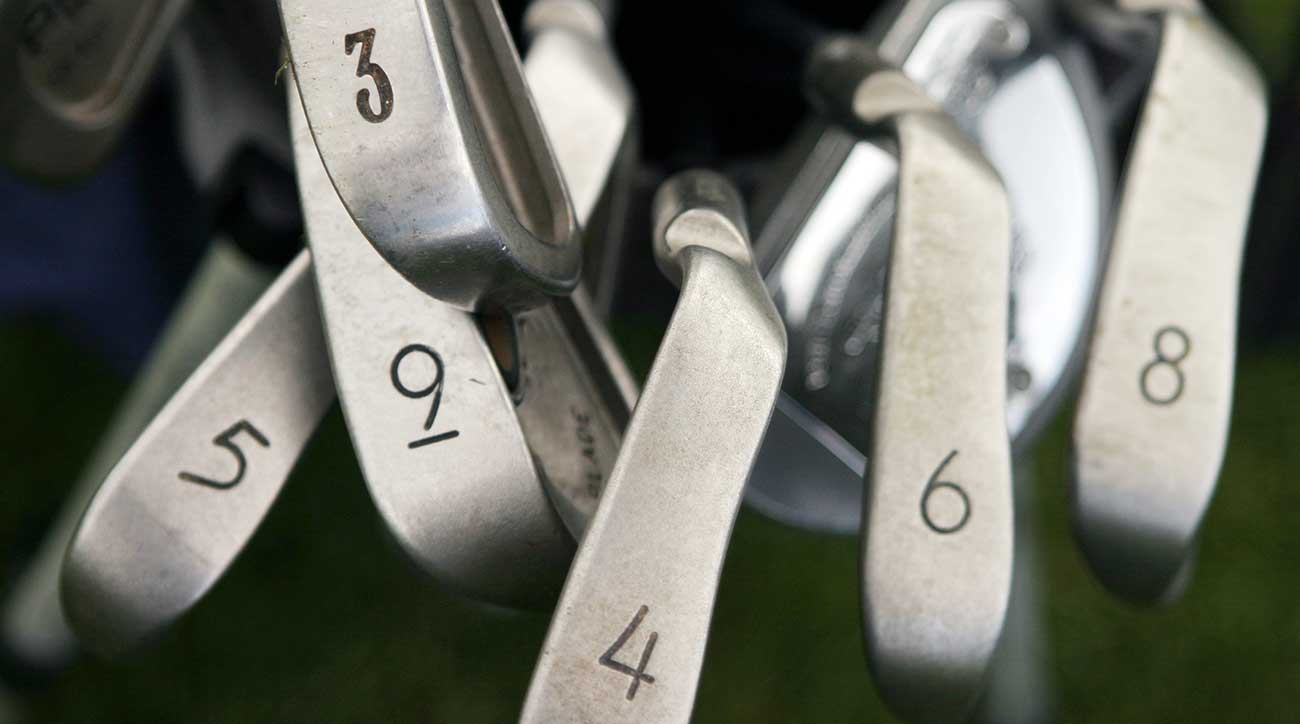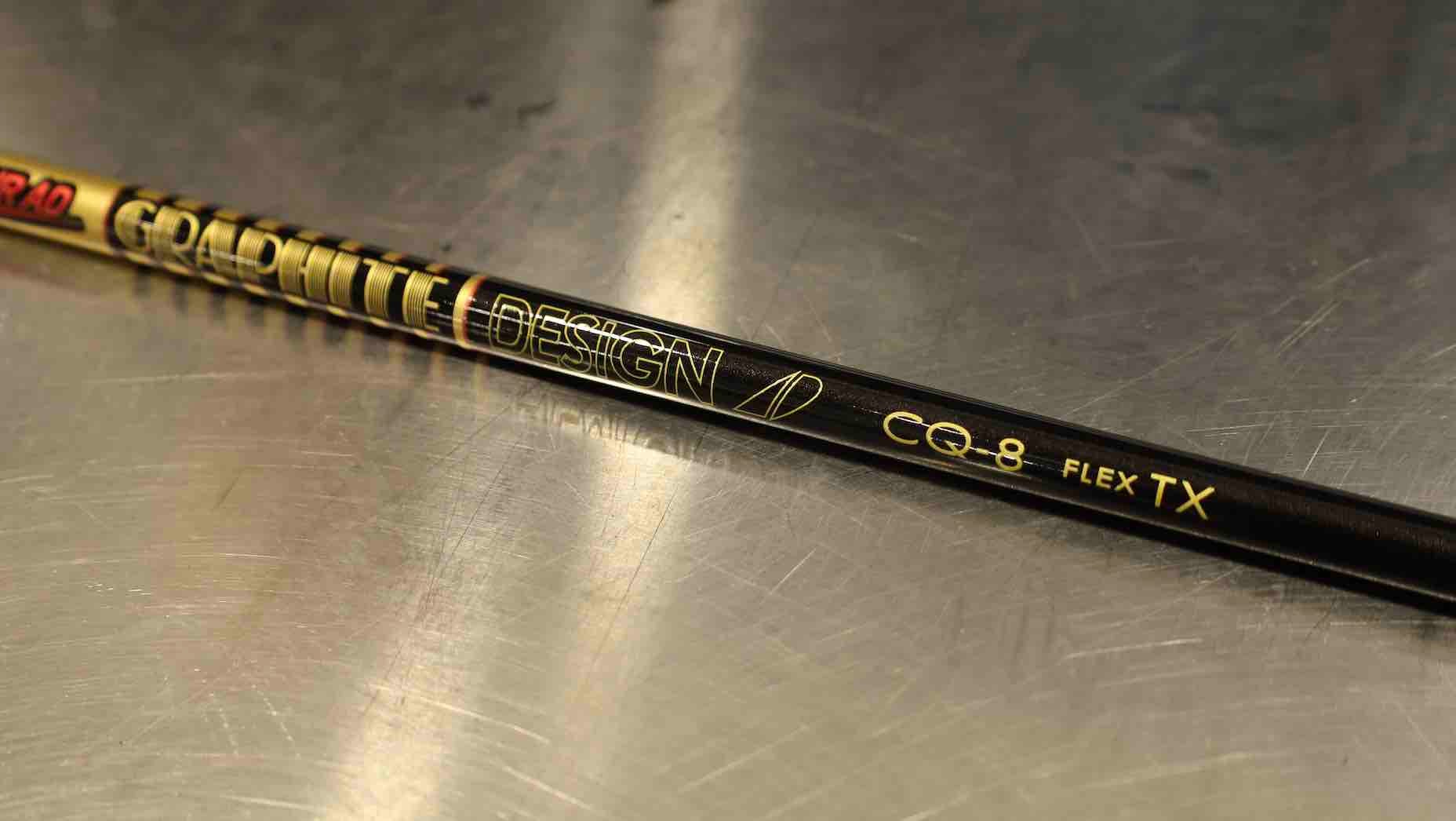Most golfers in the world know that shaft flex makes a difference to performance and feel in golf. In a general sense, golfers who swing the club faster and have quicker transitions benefit from a stiffer shaft, while slower swingers with a less quick transition benefit from a shaft with more flex.
Flex is the measure of a shaft’s ability to bend as force is applied to it. The typical range of shaft flexes available on the market range as follows: TX (most stiff), X (extra stiff), S (stiff), R (regular), A (senior) and L (ladies, least stiff). Some companies use different denominations such as numbers or colors to denote flex, but golfers are most familiar with the letters listed above.
Did you know, though, that there is no industry standard for flex? That’s right, there is no regulation on what’s reported as a “Stiff” flex versus an “X stiff” flex.
On a recent episode of GOLF’s Fully Equipped podcast, Kris McCormack – a cohost of the show and the VP of Tour and Education at True Spec – spoke in-depth on the topic of shaft flex.
“When it comes to flex, there’s no industry standard for flex in a shaft,” McCormack said. “So one company’s ‘Stiff’ could be another company’s ‘X’ could be another company’s ‘red.’ So just going by the little letter on what the side of the shaft says is essentially irrelevant.”
Of course, the design of the shaft and its flex properties matter, but the letter that denotes shaft flex is often misleading to the consumer from brand-to-brand.
“[The shaft letter] could be a good jumping off point if you’re staying within the same brand or the same shaft family, but as you start to jump brands and go to different shaft profiles within even the same manufacturer, the bend profile changes, the flex point changes, how that shaft feels and reacts changes,” McCormack said. “As you change length, as you change head weight, the shaft reacts differently.”
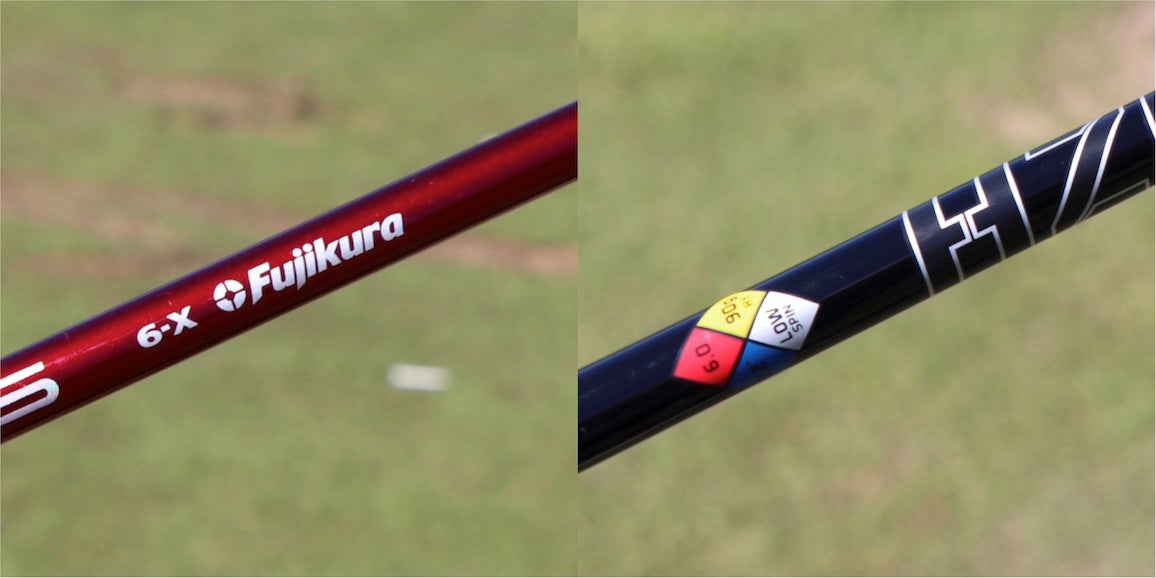
That means as you test shafts from different companies, you shouldn’t immediately assume that all shafts labeled “X” have the same amount of stiffness. Instead, shafts need to be fit and tested on an individual basis.
For example, GOLF’s Fully Equipped podcast has three cohosts (Kris McCormack, Jonathan Wall and myself, Andrew Tursky), all who have different physical builds, equipment preferences and golf swings. To drive home his point of shaft flex, McCormack said that all three podcast hosts could test the same exact shaft and form three different opinions on feel and performance.
“Everybody’s feel is subjective,” McCormack said. “Nobody can pretend to tell a player what it is they feel. Based upon your load pattern and release pattern, the three of us could hit the exact same setup with the same weight, same length, same head, loft, same shaft, same flex, the exact same golf club, and have three different — I mean completely different — results, and also three completely different interpretations of what that club feels like and how it performs for what we like to see.”
McCormack also says to be aware that the flex letters on a shaft are relative to other shafts within a given company’s lineup, not in relation to other shaft families or brands on the market.
He explains:
“To take that a step further, what a shaft manufacturer says that particular shaft does on paper might be true within their linear progression of shafts, but when you take a low launch, low spin shaft and compare it to a different manufacturer, now all of the sudden you find out well, actually that’s more a mid-launch mid-spin shaft compared to this manufacturer.”
To avoid purchasing a shaft with the wrong flex for your golf swing, McCormack says golfers must get fit. A golf club fitting can help golfers properly match a club and shaft to their swing through data feedback, personal feel and expert advice. The only way to truly know a certain shaft is right for your game is to hit it against other shafts.
Then, when you do get fit for a particular shaft, it’s best practice to get that shaft measured for length and frequency. The frequency of a golf shaft, which is measured in CPM (cycles per minute), helps measure the true flex of a shaft. That way, going forward, you’ll know what “flex” is actually right for your swing.
As always, happy testing! The task of finding the right shaft may be daunting, but the right fit can transform your game and enjoyment.
Want to overhaul your bag for 2021? Find a fitting location near you at GOLF’s affiliate company True Spec Golf. For more on the latest gear news and information, check out our latest Fully Equipped podcast below!
